The Eternal Narmada sacred Landscape and Living Traditions
A time-immemorial belief in the divine character of the Narmada – one of the seven sacred rivers of India – has permeated throughout the intangible heritage of the Narmada Valley and its inhabitants, both tribals as well as non-tribals. A historical survey of this phenomenon and the problems that it is posing in the modern cultural context is the theme of the present volume.
In the interesting river-lore of India, like the story of Gangavatarana for the Ganga, the Narmada has a fascinating mythology regarding its origin from the Narmada Kunda on the peak of the Amarkantak Hills in Madhya Pradesh from where it traverses westwards over a length of 1,312 km over M.P., Maharashtra and Gujarat before draining through the Gulf of Khambat into the Arabian Sea, 30 km west of the Bharuch city. It is supposed to be the only virgin river of India for which an independent mythological story exists.
The divine character of the Narmada has been narrated in the Epics, the Puranas and the later literary works. The Revakhanda of the Skanda Purana is entirely dedicated to the story of the origin of the Narmada. It is believed that just a sight of the river Narmada cleanses one of all his sins. It is closely associated with Lord Shiva from the perspiration of whose body during the course of his severe penance, she is believed to have taken birth. As a result, the river represents an important pilgrimage site and one of the highest acts of a pilgrim is to perform “Narmada parikrama” (circumambulation of the Narmada), for which a pilgrim has to walk from the source of the Narmada on one bank to reach the sea and then to cross it to reach the source. The Narmada is the only river in India where such a traditional act of pilgrimage exists.
During modern times, sustainable development along the Narmada has given rise to the politics of resistance. Are the dams more important than the sacred river whose cultural values represented by the relics have been lost by submersion in the dams and the sacred path of circumambulation (parikrama) of the river as defined by the time-immemorial traditions have been altered?
All these and many more are the issues discussed in the present volume which is a part of the study of intangible heritage of various parts of the country being conducted by INTACH.
Get it now and save 10%
BECOME A MEMBER
-
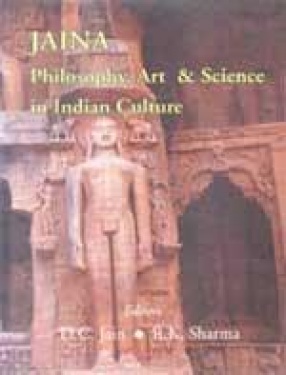
Jaina Philosophy, Art & Science in Indian Culture (In 2 Volumes)
-

Educational Psychology
-
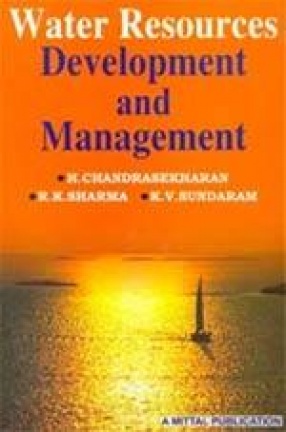
Water Resources: Development and Management
-
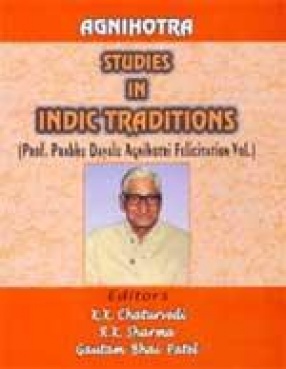
Agnihotra: Studies in Indic Traditions
-

Encyclopaedia of Indian Wild Life Sanctuaries and National Parks
-

The Rajgonds
-

The Raj Gonds
-
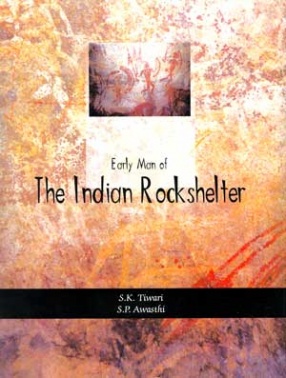
Early Man of The Indian Rockshelter

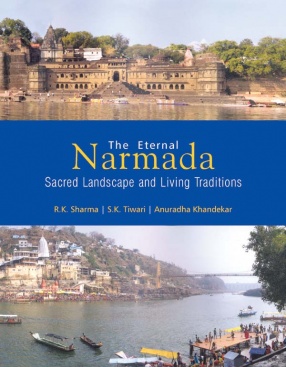
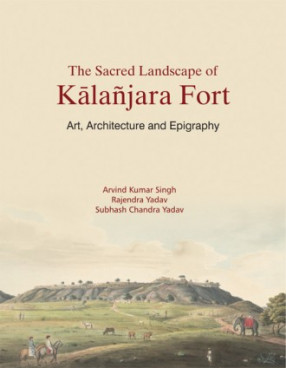
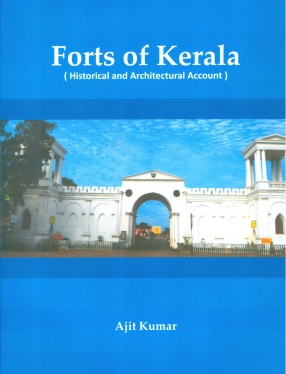
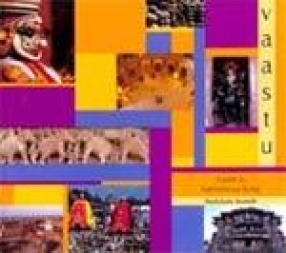
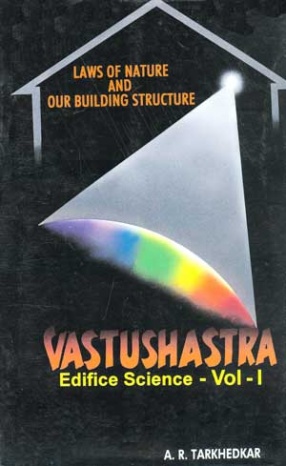

Bibliographic information
S K Tiwari
Anuradha Khandekar